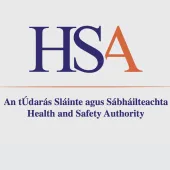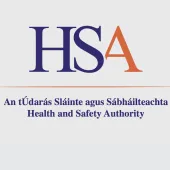Avoiding slips, trips and falls in the workplace
HSA launches free short online course aimed at employees and employers across all work sectors
IRELAND’s Health and Safety Authority (HSA) has launched a free, short, online course aimed at employees and employers across all work sectors on its e-learning portal (www.hsalearning.ie). The 30-minute introductory course will provide learners with a quick, free guide to avoiding slips, trips and falls in the workplace.
Slips, trips and falls are the second-highest single cause of workplace injuries. In 2014, there were more than 1,400 slips, trips and falls reported to the HSA. Moreover, approximately one in four of these incidents led to the injured persons missing work for more than a month, resulting in significant costs to both the persons and the businesses involved.
The course presents an overview of slip, trip and fall hazards in the workplace. At the end of this course learners will be able to: understand slip, trip and fall accidents and how and where they can occur; identify a variety of slip, trip and fall hazards in the workplace, and assess their risks; and recognize suitable controls for eliminating or reducing slips, trips and falls in the workplace.
Yvonne Mullooly, Senior Inspector with the HSA, said: ‘This free introductory course will help employers assess the risks of slips, trips and falls in their workplaces and confirm the controls that can be put in place in a practical and straightforward way.
‘Employees will also benefit from taking the short course by understanding how they can play their own part in working safely to avoid slipping and tripping accidents in their daily work.’
HSA education manager Joanne Harmon added: ‘This short online course will be of interest to those across all sectors of employment. Employers can usefully incorporate it into staff induction or training programmes, and the group manager facility means that employers, managers or tutors can register groups of learners and remotely monitor their progress.
‘Learners can take the course during their own time, at their own pace and can download a certificate of completion on passing a short assessment. Although not a formal qualification, certification can form part of an individual’s training or CPD record.’









